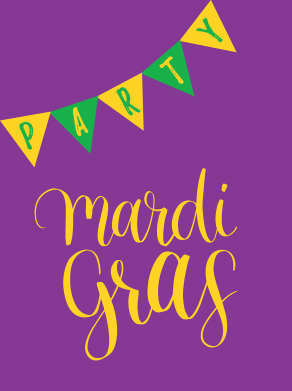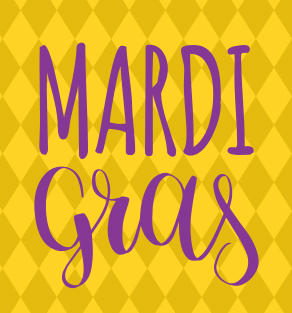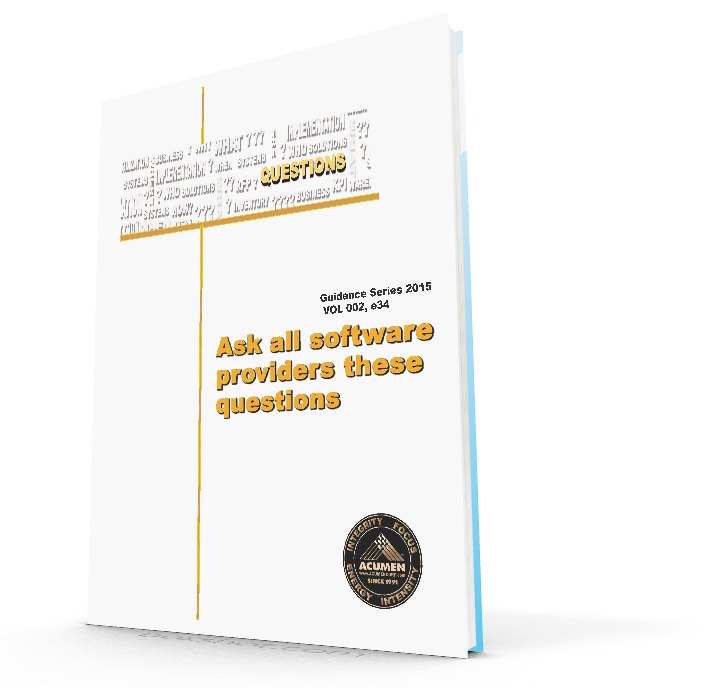Fat Tuesday – A Wholesaler’s Chance at King-sized Success
 Most of us know that Mardi Gras is French for Fat Tuesday. Not meaning to be disrespectful, some might say this eventful time in New Orleans is called Fat Tuesday due to fattening of the pockets of the retailers, filled by the celebrations of the visitors.
Most of us know that Mardi Gras is French for Fat Tuesday. Not meaning to be disrespectful, some might say this eventful time in New Orleans is called Fat Tuesday due to fattening of the pockets of the retailers, filled by the celebrations of the visitors.
On the historical side, Mardi Gras is rooted in Christianity. We appreciate that the first place in the US to celebrate Mardi Gras was in Mobile, Alabama in 1830, and then the first parade was held in New Orleans in 1857. These were times for celebrating, eating meat and fatty foods, and general overindulgence before the fasting and sacrifice of Lent.
So, the lighter side, most of us may traditionally think of beads, booze and the Big Easy, (a retailer’s dream). Doesn’t that necessarily translate to a wholesale distributor’s king-sized success, too? Disintermediation aside, retailers can’t have this much success without our wholesaler distributors!
In addition to a party mentality, the events generate up to a billion dollars in revenues for New Orleans annually. That means not only ingestibles, but the floats, trucks to pull the floats, trailers to support the floats, barns to house the floats, insurance to cover the floats, and of course, another 3 B’s, brews, boarding, and bakeries. These are just a few examples of the massive expenditures appreciated by the commercial side of indulgence.
While researching, I couldn’t find exact numbers more current than 2015, (NOLA keeps these things close). The studies back then indicated $465-750 million and growing. One organization, Mardi Gras in Mobile, Alabama, did mention the $1 billion.
You probably do this already, but for those who forget this one short period of historical deluge of dollars, I believe those of us in inventory intensive businesses should all plan for 2020 if it isn’t too late. We should get a piece of this action.
Here are some fun facts about Mardi Gras, or Fat Tuesday:

- 2%: Mardi Gras’ contribution to New Orleans GDP;
- 66%: Increase of Mardi Gras’ economic impact from 2011;
- 90%+: Rooms filled during Mardi Gras weekend; in 2015,
- Rooms produced about $70 million in revenue;
- $18 million: Tax revenues to local government entities in 2014;
- $20 million: Value of the leading float maker;
- 4 million: Visitors to New Orleans for Mardi Gras;
- 164K: People flew to New Orleans for Mardi Gras in 2018
- Mobile, Alabama, 1830: 1st place in the US to celebrate Mardi Gras;

- 1857 -12th night after Christmas: the start of the Mardi Gras Carnival in New Orleans;
- 1892 – Mardi Gras colors selected:
- Purple, for justice
- Green for faith
- Gold for power
- 3 States – declared Mardi Gras a holiday: Florida, Alabama, and Louisiana have;
 $5.58: Average price of a Mardi Gras mask
$5.58: Average price of a Mardi Gras mask- $500: Average spent by a float rider on beads, cups, and other souvenirs;
- $3000+: Average price for a VIP experience of riding on a float;
- $150: Average ticket to attend large Mardi Gras parties;
- 500k+: number of King Cakes sold each Mardi Gras;
- 50K+ King Cakes shipped out of NO overnight;
- $39: Average price of a King Cake;
- 105 floats, 6200 riders in 3 parades;
- 25M+: Beads thrown;
- 93K+: Beads removed from storm drains after Mardi Gras;
Thanks to: America’sLibrairy.gov.; GetOnlineNOLA.com; quotes from Wallethub.com; a 2014 Economic study led by Professor Toni Weiss, with contributions from The Freeman Consulting Group; oppLoans.co; New Orleans Convention and Visitors Bureau; MobileCarnivalMuseum.com, Executive Director, Judi Gulledge.


